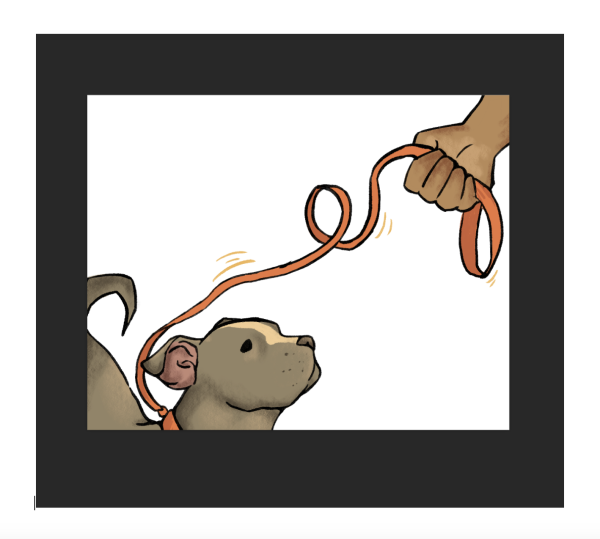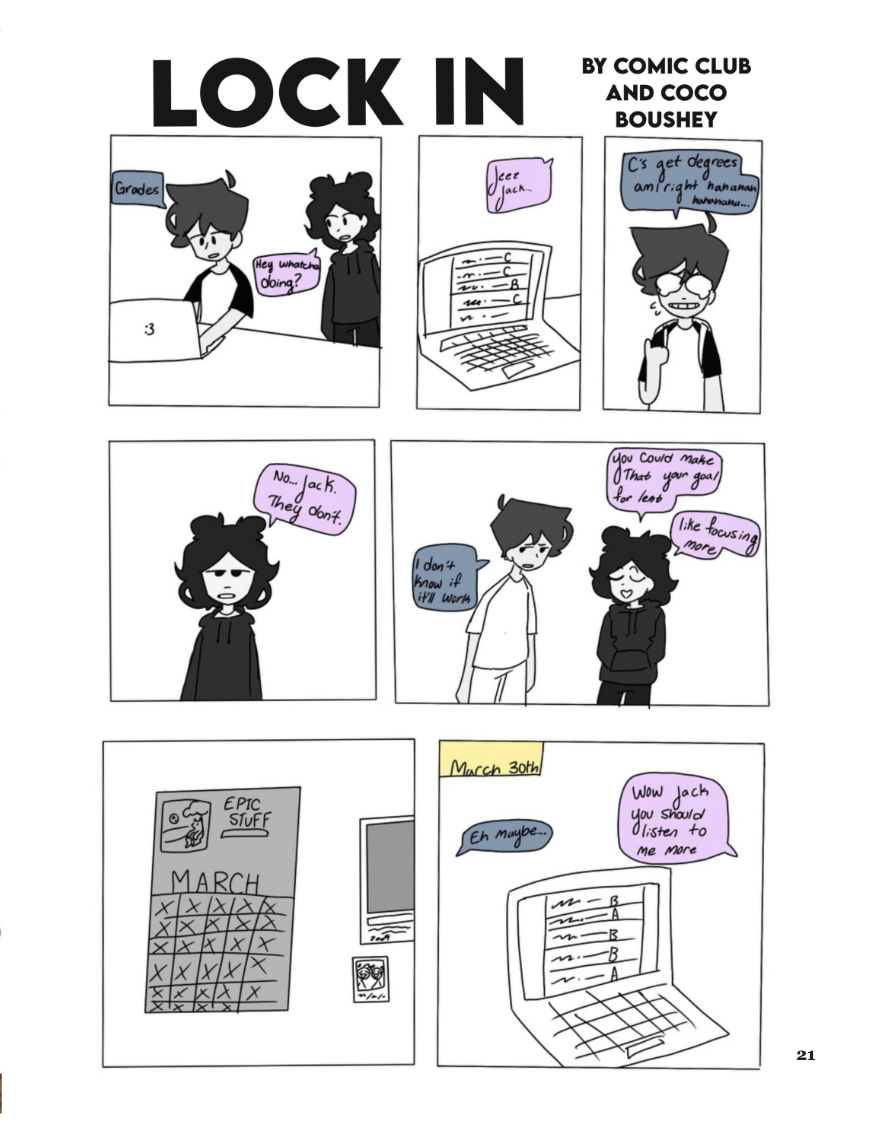Every year, animal shelter workers euthanize 100 million animals across the United States.
Because of these shocking numbers, animal lovers and advocates are establishing more animal shelters throughout California in the U.S. that are against the practice of euthanasia.
The first no-kill animal shelter in San Francisco was founded over 153 years ago by a banker and animal lover named James Sloan Hutchinson.
Hutchinson saw pigs being cruelly dragged along the rough San Francisco streets one afternoon. Very disturbed by how the men treated the pigs, he spread news about the cruelty towards animals he witnessed daily.
Eventually, Hutchinson formed a group with 15 other animal loving individuals to found the SPCA (Society for the Prevention of Cruelty to Animals) on April 18, 1868.
In 1984, the president of the San Francisco SPCA, Rich Avanzino, petitioned for the city of San Francisco to adopt the practice of no-kill. Avanzino advocated for no-kill animal shelters across San Francisco relentlessly, leading movements and funding animal programs.
Years later, Avanzino made an adoption pact with the Department of Animal Care and Control in a move to make San Francisco the first no-kill city in the United States.
Adoption and rescue services, with Avanzino’s influence, housed pets in cozy environments instead of small metal cages. Edward Vallecillo ’85 has been working at the SF SPCA for nine years as a pharmacy supervisor.
He said, “When we have our quarterly organizational meetings there’s always an emphasis on being a no kill shelter. To be clear, this does not mean critters are not euthanized. There is a small percentage euthanized due to medical reasons.”
However, Vallecillo said, “Psychologically it’s a positive experience knowing we will adopt out every possible critter. Every year our number of adoptions increase. Last year 4,000 plus critters were adopted.”
Social Science teacher Van Whipple, who has a service dog named Winston, said, “As humans, we have a large responsibility with regard to animals. As the most dominant species of the planet, we are the stewards of the planet. It’s the symbiotic relationship between humans and animals that provides for sustainable living.”
According to an article by Best Friends Animal Society, Bonney Brown, director of NHS, said, “Who is going to be looking out for the animals if our movement is no longer laser-focused on the mission of saving their lives?”
The NHS collaborated with psychologist Dr. Uri Lifshin, Reichman University in Israel, to understand psychological factors that influence why shelters don’t adopt no-kill policies.
The article cites psychological factors in regards to the theories. “By having the authority to allow animals to live or die, it gives shelter workers a sense of godliness and power over the lives of other beings. This soothes their concerns about their own inevitable death.”
“Secondly, most animal shelter workers don’t want to put in effort to save life-endangered animals. Now those same workers are convinced the animals
were incurable. They continue to hold the guilt of their dreadful actions of killing animals irrationally and try to justify their actions.”
“Third . . . is the cognitive shock and trauma workers will carry when they admit that their participation in the deaths of [these] animals was entirely unnecessary.”
There are psychological reasons to support the No-Kill Movement to save the lives of animals. A 2023 study from the American Psychiatric Association found an overwhelming beneficial impact that pets had on people.
From a poll of 2000 adults, 69 percent stated that seeing their pets after work daily contributed to lower levels of stress.
Adults with pets lived more calm and happier lives because of the presence of a pet in the house. Over 70 percent of pet owners had higher dopamine levels because of their loving relationship with their pets.
Owning a pet also motivated people to become physically active to take care of their pet. Having pets eliminates the unhealthy sedentary lifestyle and improves the physical well-being of individuals.
Psychology teacher Jackie Grealish said, “Pets help improve mental health! Studies show that they can reduce stress, anxiety, and even depression. They can create a sense of community to ease loneliness plus encourage exercise and get people outside for walks. Taking care of someone other than yourself promotes a sense of responsibility if people are struggling.”

Rebecca Brendel, president of the American Psychiatric Association, is quoted as saying, “The animals we bring into our lives and our families play many roles from non- judgmental companions that we love to key partners in reducing our stress and anxiety. Americans clearly recognize that our relationships with our pets can have noticeable benefits for our overall mental health.”
Grealish added, “No kill vs. traditional shelters is a difficult debate. Ideally, there shouldn’t be a surplus of pets that don’t have a home but that’s not the reality. Many shelters also have animals sitting in cages for years before they’re adopted, which can impact their socialization and temperament as well.”
Additionally, “Veterinarians struggle with how their jobs affect their mental health. They see the impact of how people treat animals and sometimes neglect their pets’ health, which can cause pets to end up at a shelter.”
Vallecillo is grateful to work at a no-kill shelter. He said, “Helping critters and their folks. That’s the best part. On the hospital side, we get to help folks who can’t afford care at other vet hospitals. My team loves helping pet guardians.”







